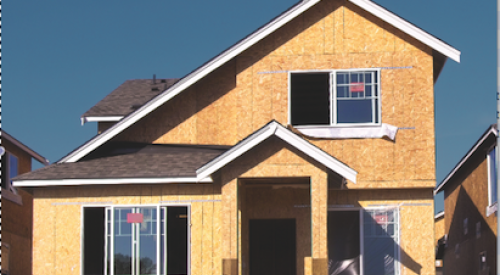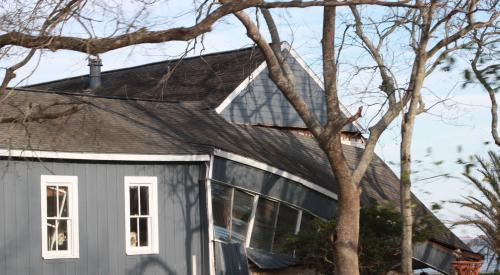As if cost-side pressure on margins was not high enough, builders this year face higher insurance premiums, exclusion or denial of coverages offered in their previous policies, and in some instances policy termination.
Higher premiums are largely a result of the Sept. 11 tragedy. Because insurers previously didn’t charge separately for terrorism protection, they had no reserves from premiums to help alleviate Sept. 11 claims. Some experts have reported increases in premiums of anywhere from 35% to 200%, with most rising about 50%.
New policies might exclude coverage for losses related to terrorism, hurting builders in urban areas. Builders in New Mexico are faced with policies that exclude necessary coverages such as mold, earth subsidence and synthetic stucco product. In California, the small group of insurers willing to sell builders coverage has dwindled, leaving one or two in any given market. But this is true nationwide.
George Dale, president of DBH Resources, a construction and insurance risk management firm, says the root of the crisis lies in systemic ills including rampant building litigation and insurance company consolidation.
“Statistics show that for every dollar spent in payouts to homeowners, anywhere from $1.35 to $3 is spent in expert fees and lawyer costs,” Dale says. “Insurance companies are just retracting so that only the best risks — best risk means people who are less likely to cost them money — are getting coverage.”
The consequences are vast. If exclusion precedents in Minnesota, New Mexico and Texas become more widespread, builders might be left vulnerable at a time when mold litigation is big business. And without necessary, comprehensive coverage, getting financing for new developments will be tougher.
“I think the crisis will push smaller builders out of business,” Dale says. “The insurance companies will only focus on those companies that can afford to take a larger portion of the risk themselves.”
Organizations such as the California Building Industry Association and DBH Resources are working with legislatures to help alleviate the crisis. They’re also looking at alternative insurance vehicles such as wrap-up insurance — which covers builders on a project-to-project basis — and working with insurance companies to design individualized insurance products that take each builder’s unique characteristics into account.
“Builders have to raise the bar, they have to get better, and depending on what region you’re in, they’re willing to,” Dale says. “But if we raise the bar, we don’t want to get hit over the head with it, and that’s a legitimate frustration.”











